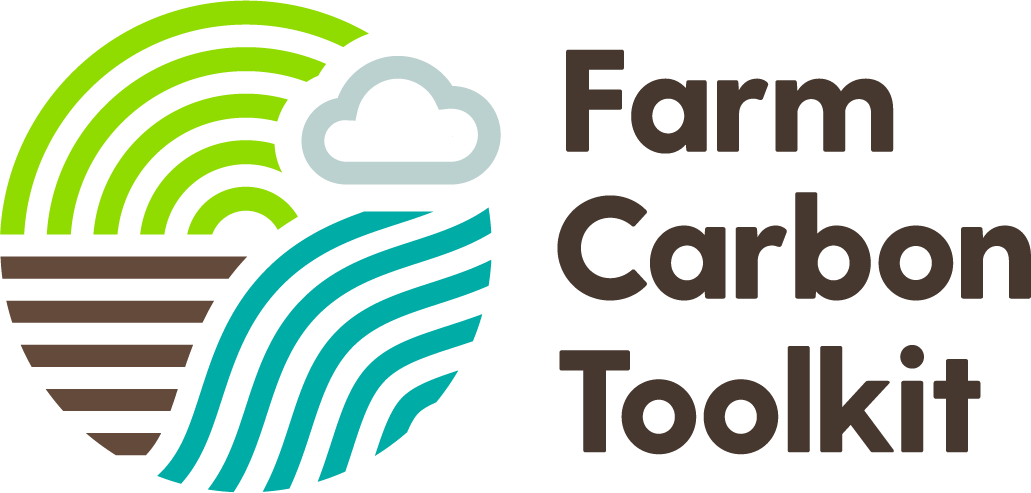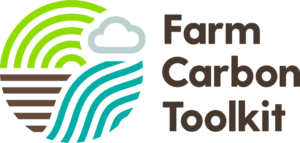
Supporting farmers and growers to integrate Nature Based Solutions alongside food production
Over the last few weeks, four key reports have been published that are highly relevant to farming and land use:
- The Green Finance Institute’s (GFI) Financing a Farming Transition document
- The IPCC’s latest AR6 Synthesis Report
- Defra’s Environmental Improvement Plan
- Defra’s Nature Markets Framework
The UK has made a legally binding commitment to net zero emissions by 2050. This ambitious target will require the rapid decarbonisation of the entire economy. Although agriculture currently accounts for an 11% share of GHG emissions in the UK, the industry is projected to have an increasing share (perhaps as high as 30%) by 2030, as other sectors reduce emissions more quickly. The GFI report notes that there is an urgent need for greater financial support to help farmers achieve this ambitious target over and above the funds likely to be available through the different elements of the Environmental Land Management Scheme.
Of course, it is highly evident that this urgent transition in farming practices cannot happen without government support, and the 2021 report commissioned by Defra (and delivered by the Green Finance Institute) found a £3.7 billion financing gap for sustainable soil management and a £19.4 billion gap for protecting and restoring biodiversity to the end of 2030. With farmland representing 71% of the UK’s land area – and the reality that most of the investment will be required at the land management level – engagement with farmers will be crucial in closing this gap for soils and nature, as will ensuring that farmers are properly supported through the transition.
In this space there has been much talk of the potential for stacking and bundling.
What does stacking involve?
When more than one type of separate credit or unit is issued from the same activity on the same parcel of land this is known as ‘stacking’ – for example if a land manager were to sell both carbon and water quality units from the same woodland (Extracted from Defra’s Nature Market Framework 2023).
What does bundling involve?
When a single credit is sold representing several different environmental benefits (for example a wetland unit delivering carbon, biodiversity and water quality benefits), this is termed ‘bundling’.
While Defra is keen to support greater use of stacking as well as explicit bundling, the devil could well be in the detail with some markets already starting to raise concerns on how this will work in practice. For businesses looking to enter such agreements, it will be imperative to secure robust and water tight agreements prior to commitment.
The GFI’s Financing the Farm Transition report made recommendations for change in four distinct areas to enable more effective financing of this transition. The report clearly recognises the need for more guidance for farmers and landowners on environmental markets, how they work, and key principles that need to be established. Alongside this is improving access and availability of robust data and the identification of the key environmental outcome metrics to monitor and support farmers to work together to deliver the transition. Defra’s Nature Markets Framework goes some way to bridging this information gap.
FCT welcomes the suggestion that the cost of collating and verifying the data collected by farmers to measure their environmental impact could be shared by Government and the private sector. Currently the use of carbon audit tools is relatively low, unless specifically required by individual supply chains.
FCT and Wilder Carbon working in partnership
To support farmers who wish to increase the level of nature-based solutions on their land holdings alongside food production, FCT has teamed up with Wilder Carbon to offer the tools and advice to determine the best integration of Nature-based Solutions (NbS) finance and agriculture for a future land management system that achieves multiple benefits for the public good. The Farm Focused NbS provides an all-encompassing toolkit for land managers to assess, plan, deliver and fund a carbon reduction plan that, crucially, supports habitat restoration as a way of insetting farm business residual carbon footprint within the holding or landscape, as well as accessing the voluntary carbon market (VCM) to leverage carbon finance and deliver the management practice for the long term.
To find out more about this new initiative go to https://www.wildercarbon.com/ or contact Liz.Bowles@farmcarbontoolkit.org.uk

